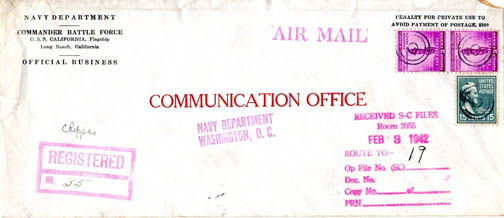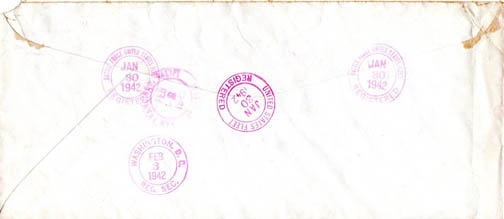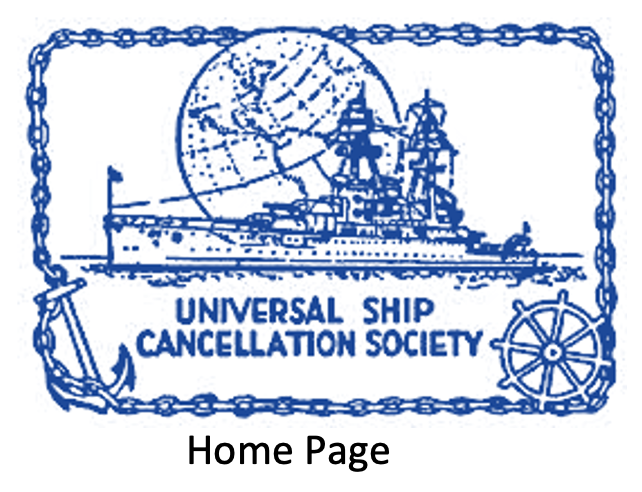USS California BB-44
By Steve Shay (L-10,821)


The battleship USS California was moored at Quay F-3 on the morning of December 7, 1941 when the Japanese attack began. The California was under the command of Captain Joel Bunkley and was also serving as the flag of Commander, Battle Force, Vice Admiral William Pye. She was in Readiness Condition Three with only 2 machine guns and two 5 inch guns manned, much like the other battleships along Battleship Row. An inspection was imminent and normal preparations for the inspection required a thorough venting of tanks and voids. As a result, many manholes and watertight fittings were open.
As early as 8:05 AM during the attack, a torpedo hit below the armor belt under turret III and a second under the armor belt under Turret II. Flooding began and quick counter flooding prevented the ship from capsizing. All power and lights were lost when water contaminated the fuel lines. Sometime around 8:30, two bombs landed aboard and caused more damage. While efforts were being made to save the ship, around 10:00 burning oil from other ships drifted down the harbor and engulfed the California’s stern. Wind blew the burning oil clear of the ship but it was a losing battle to save the ship. Efforts to pump water overboard but on December 10, the California settled into the mud of the harbor at a list of 5.5 degrees with only her masts and superstructure above the water. 6 officers and 92 men were killed during the attack or declared missing.
Repair efforts to refloat California got underway in January. Nine of the twelve 14 inch guns were removed, along with the broadside guns, ammunition, main mast, catapults, cranes, anchors and other heavy equipment. A cofferdam was built around the ship and by plugging leaks, pumps began removing the water from the ship. As the water level was lowered, salvage crews cleaned out the ship. She came afloat on March 24. The cofferdam was removed and she was towed to Drydock No. 2. During the next 6 months repairs were made and October 10, 1942, she left Pear Harbor for Puget Sound under her own power. Full repairs and modernization were carried out and the California returned to the war on January 31, 1944.
This cover carries the corner card of the USS California, an official communication sent via registered, air mail to the Navy Department in Washington. The reverse shows three Type 9 Registry postmarks from the Battle Force United States Fleet, postmarked on January 30, 1942. This cancel belonged to Vice Admiral Pye’s staff who was serving on land at this point since the ship was undergoing salvage efforts. Pye has served as acting Commander in Chief, US Pacific Fleet after Admiral Kimmel was relieved of command and until Admiral Nimitz took over January 1, 1942.
This correspondence departed Pearl Harbor February 1 and traveled via Clipper plane to San Francisco where it was postmarked on the reverse on February 2. This was approximately a 19 hour flight. It then traveled via air to Washington where the reverse shows a February 3 postmark. The docketing on the face shows the same February 3 receipt where it was then routed to Op File No. (SC) 19.
